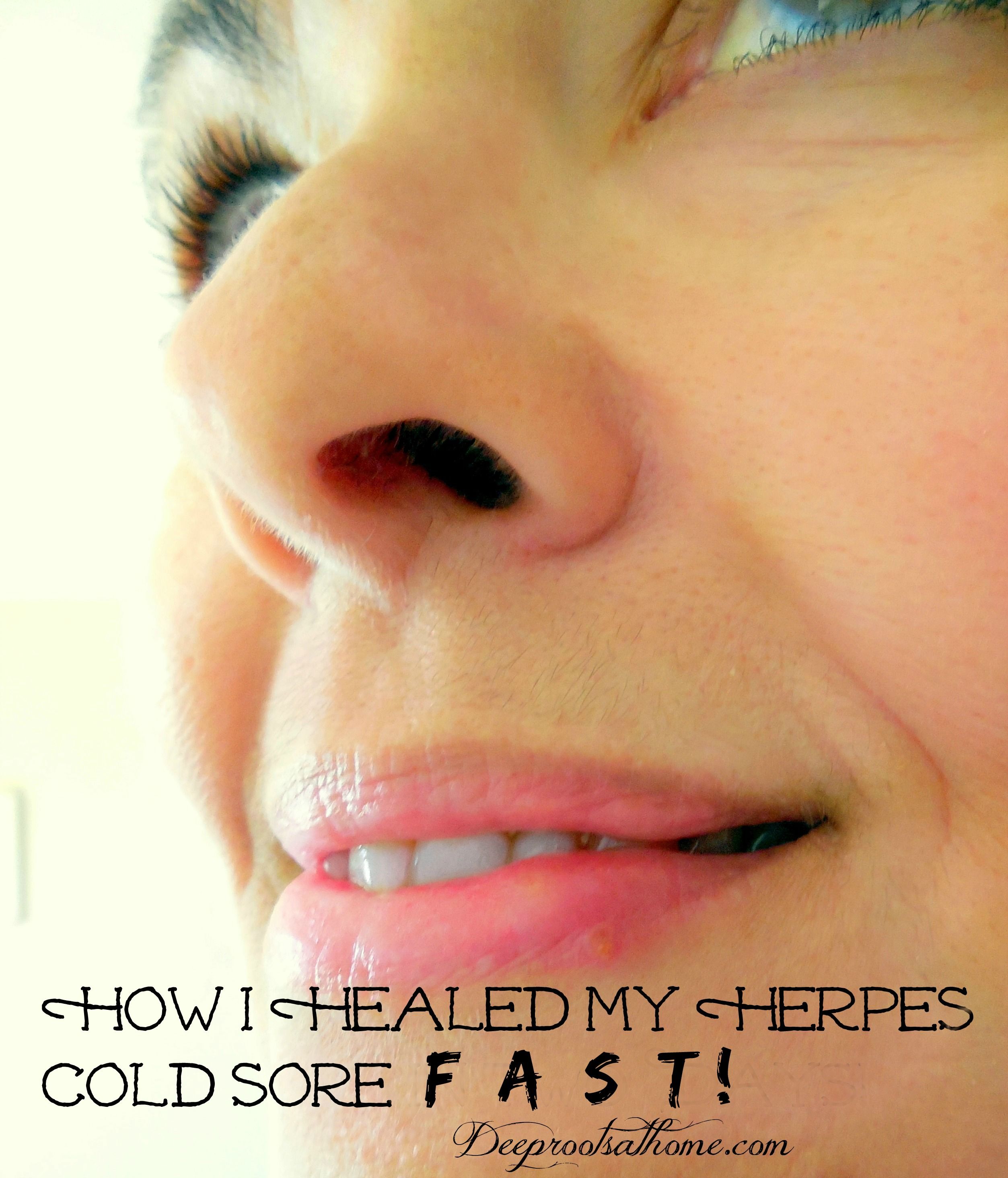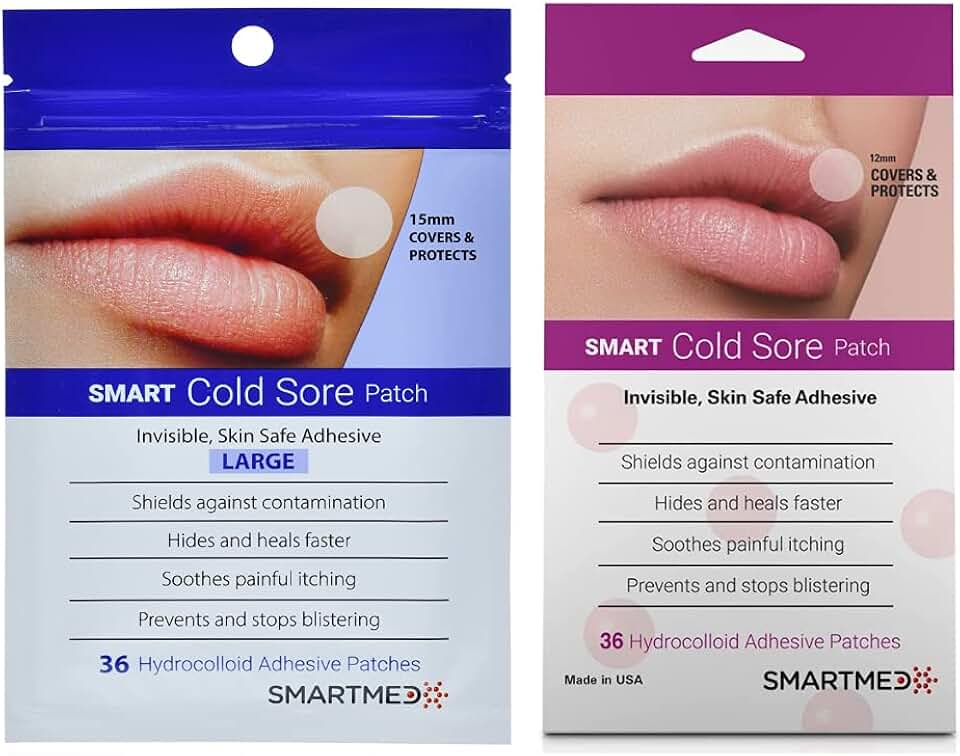Hiding Cold Sores: Effective Tips for Covering Up a Cold Sore
How to conceal a cold sore effectively. Tips for using makeup, creams, and patches to cover up a cold sore. Advice on hygiene and application to minimize spreading and promote healing.
Addressing Cold Sore Hygiene and Preparation
Before attempting to cover up a cold sore, it’s crucial to follow proper hygiene and preparation steps. Cold sores are caused by the herpes simplex type 1 virus (HSV-1) and can appear on the lips, around the mouth, or elsewhere on the face. These painful, red blisters go through a five-stage process and typically clear up within 1 to 2 weeks.
To minimize swelling and speed up healing, it’s best to apply ice or a cold compress to the sore. Gently wash your face and hands before starting, and be sure to wash your hands after touching your face or applying any products. You may also want to apply a topical cream to the cold sore ahead of time to help the healing process, allowing it to dry completely before proceeding.

It’s important to remember that open cold sores are more susceptible to infection, so it’s best to avoid using makeup or applicators that could harbor bacteria. If possible, take some time to rest and recharge your immune system, as this can be especially beneficial during the initial stages of a cold sore outbreak.
Covering Cold Sores with Makeup
If you decide to use makeup to cover your cold sore, it’s crucial that the sore is dry and scabbed over, as open wounds are vulnerable to infection. To prevent contamination and the spread of the virus, use a Q-tip, disposable applicator, or your fingertips to apply the makeup, and avoid double-dipping into the makeup container.
When selecting makeup products, look for a thick, creamy consistency that will offer the best coverage. Choose a hydrating, full-coverage, or long-wearing formula in a shade that matches your skin tone. Tinted moisturizers can provide lighter coverage if preferred. Medicated concealers with ingredients like zinc oxide, niacinamide, and witch hazel may offer additional healing benefits, while green and yellow color-correcting concealers can help minimize redness.

To apply the makeup, start by using a small amount of oil, balm, or moisturizer to prime the skin and prevent cracking, splitting, and bleeding. Gently remove any flaky skin with a Q-tip, and allow the skin to dry for at least 1 minute. Then, lightly dab a small amount of cream concealer onto the sore, followed by thin layers of thick, creamy foundation to build up coverage. Tap or pat each layer into the skin, blending out the edges for a seamless finish. Finish with a light dusting of translucent or finishing powder, and a spritz of setting spray to lock in the makeup.
Non-Makeup Options for Covering Cold Sores
If you prefer to cover your cold sore without using makeup, there are several other options to consider. You can apply various gels, creams, and ointments to help retain moisture and promote healing, such as pure aloe vera gel, lemon balm ointment, tea tree oil, petroleum jelly, prescription antiviral creams, or lysine cream. Be sure to keep the product with you throughout the day to reapply as needed.

Another alternative is to use special Band-Aids or patches designed to cover cold sores. These provide a clean, protective layer that can improve comfort and act as a buffer between the sore and the elements. Some patches are even medicated with ingredients like hydrocolloid, aloe vera, or tea tree oil, which can help to retain moisture, alleviate inflammation, and soothe symptoms, potentially accelerating the healing process. The covers are often invisible or opaque, helping to discreetly hide the cold sore.
Maintaining Proper Hygiene and Technique
Regardless of the method you choose to cover your cold sore, it’s essential to maintain proper hygiene and application techniques to prevent the spread of the virus and promote healing. Always wash your hands before and after touching the affected area, and be sure to sanitize any brushes or tools used for makeup application.
If you’re new to covering up cold sores, it’s a good idea to practice your technique when you have the time to do so, rather than rushing to apply coverage before an important event. You can also ask a friend for assistance or watch online tutorials to ensure you’re using the right products and methods.
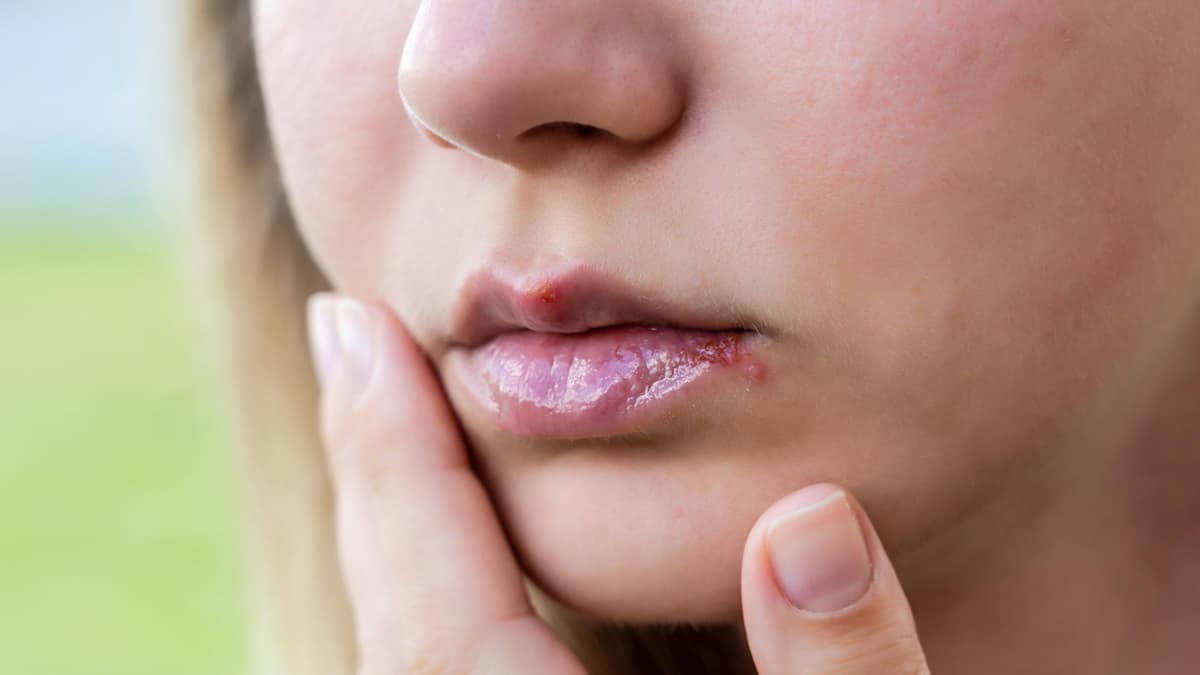
Prioritizing Healing and Self-Care
While covering up a cold sore can be important for your confidence and comfort, it’s also crucial to prioritize your overall health and healing. If possible, try to cancel or reschedule any engagements during the initial stages of a cold sore outbreak, as this can help to boost your immune system and prevent the sore from becoming infected.
Remember, cold sores typically clear up within 1 to 2 weeks, so with proper treatment and self-care, you can look forward to the outbreak resolving and your skin returning to its healthy, radiant state.
Seeking Professional Guidance
If you find that your cold sores are recurring or causing significant discomfort, it’s a good idea to consult with a healthcare professional. They can provide personalized advice on treatment options, as well as guidance on managing the condition and preventing future outbreaks.
By following the tips outlined in this article and seeking professional help when needed, you can effectively cover up cold sores and maintain your confidence, all while prioritizing your overall health and well-being.
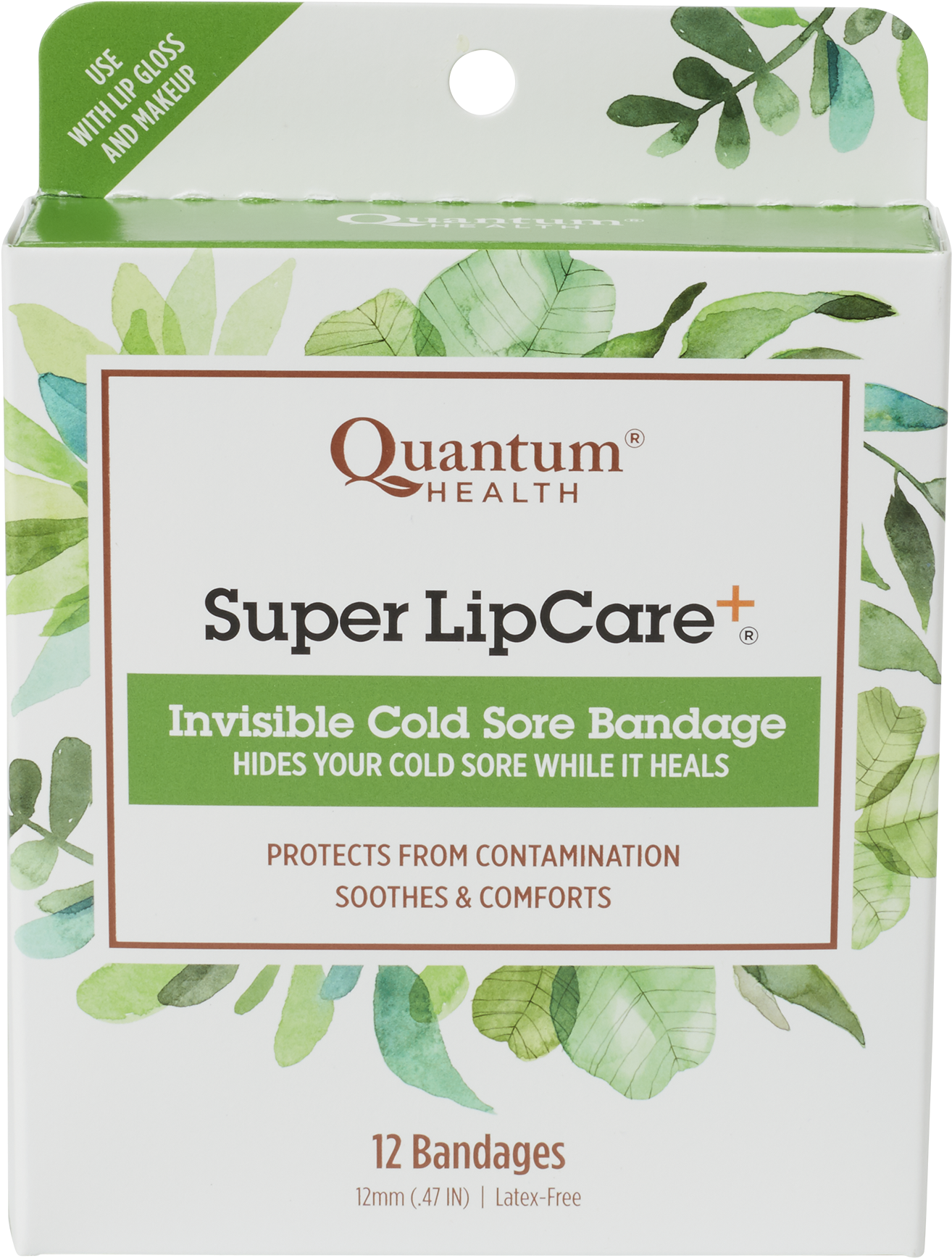
Conclusion
In summary, covering up a cold sore requires a combination of proper hygiene, strategic application techniques, and the right products. Whether you choose to use makeup, creams, ointments, or patches, the key is to prioritize your skin’s health and healing to ensure a seamless, discreet, and comfortable coverage solution. Remember to seek professional guidance if your cold sores become a persistent issue, and never hesitate to take the time you need to rest and recharge during an outbreak.
How to Cover Up a Cold Sore
Before you try to cover up a cold sore, there are some pretty important hygiene and application tips to keep in mind.
The herpes simplex type 1 virus (HSV-1) can cause cold sores to develop anywhere on your face, though usually, they appear on your lips and around your mouth. These painful red blisters may occur on their own or in clusters. Cold sores go through a five-stage process and usually clear up within 1 to 2 weeks.
Stick to your treatment plan to ease symptoms and speed up healing. If possible, cancel some of your engagements and take time to rest and recharge your immunity. This is especially beneficial during the initial stages since open cold sores are more susceptible to infection and less conducive to coverage.
Eventually, though, you’ll probably want to put your best face forward and confidently step out into the world. If you decide to cover your cold sore, you have a few options to consider.
Read on to learn how to conceal a cold sore with Band-Aids, medicated patches, and cosmetics such as concealer, foundation, and lipstick. You can also cover cold sores with topical creams and ointments.
You can also cover cold sores with topical creams and ointments.
Here are some tips to ensure the coverage process goes smoothly:
- To minimize swelling, apply ice or a cold compress to the sore.
- Gently wash your face and hands before starting.
- Wash your hands after touching your face or using them to apply any type of product.
- You may apply a topical cream to your cold sore ahead of time, which may help to speed up the healing process. Allow time for it to dry completely.
If you want to use makeup to cover your cold sore, it must be dry and scabbed over. Open wounds are vulnerable to infection, and it’s possible for makeup and applicators to harbor bacteria.
Research from 2020 detected bacterial contamination in around 79–90% of used cosmetic products, including lipstick, lip gloss, and makeup sponges.
To prevent contamination and spreading of the virus:
- Use a Q-tip, a disposable applicator, or your fingertips to apply makeup.

- Avoid double dipping your applicator into the makeup container.
- Instead, decant a tiny amount of makeup into a small container.
- Thoroughly sanitize any brushes or tools after use.
Makeup tips:
- A thick, creamy consistency will offer the best coverage.
- Choose a hydrating, full coverage, or long-wearing formula.
- Select a shade that is the same as your skin tone.
- Tinted moisturizers are available if you prefer lighter coverage.
- Medicated concealers with ingredients such as zinc oxide, niacinamide, and witch hazel may offer healing benefits.
- Green and yellow color-correcting concealers may minimize redness.
- Keep the area dry and clean.
- Carry a makeup kit to touch up your makeup throughout the day.
- If your cold sore gets too dry, apply a small amount of moisturizer.
- If it’s a long day, you may opt to clean your face and start from scratch.
To cover a cold sore with makeup:
- Use a small amount of oil, balm, or moisturizer to prime your skin and prevent cracking, splitting, and bleeding.

- Use a Q-tip to gently remove flaky skin.
- Allow your skin to dry for at least 1 minute.
- Lightly dab a small amount of cream concealer onto your sore.
- Apply thin layers of thick, creamy foundation to build up coverage.
- Tap or pat each layer into your skin, blending out the edges for a seamless finish.
- Lightly tap a layer of translucent powder or finishing powder over the top.
- Finish with a light spritz of setting spray to lock in your makeup.
- Remove makeup using micellar water and a cotton pad that’s only for the affected area.
If you don’t usually wear makeup, practice your coverage technique when you feel relaxed and have some time. This way, you’ll be prepared when you’re rushing off to an important event.
You can also ask a friend for assistance or watch an online tutorial. Once your outbreak fully heals, you can visit a makeup counter to receive application tips and product recommendations.
If you want to keep your cold sore covered without makeup, you can apply various gels, creams, and ointments to help retain moisture and promote healing. Keep your product with you so you can continually apply it throughout the day.
Keep your product with you so you can continually apply it throughout the day.
You can cover a cold sore with:
- pure aloe vera gel
- lemon balm ointment
- tea tree oil
- petroleum jelly
- prescription antiviral cream
- lysine cream
You can use special Band-Aids to cover a cold sore at the onset of symptoms. They provide a clean, protective layer that improves comfort and acts as a buffer between you and the elements.
Most covers are invisible or opaque, which helps to hide your sore. Some patches are medicated with hydrocolloid, aloe vera, or tea tree oil. You can add your ointment or essential oils to a regular Band-Aid.
Band-Aids may help to retain moisture, alleviate inflammation, and soothe symptoms, which may accelerate healing.
Patches can reduce contact with your cold sore, which helps to prevent contamination and transmission.
To use a bandage to cover a cold sore:
- Wash and dry the area.

- If necessary, trim the cover to make it the correct size.
- Apply the bandage.
- Smooth it down.
You can apply makeup over the bandage. Dab foundation, concealer, or lipstick onto the surface and blend it into your skin.
You can wear a Band-Aid for up to 10 hours, including during sleep for overnight protection. You’ll need to change it more often if your sore is weeping. Covers may irritate sensitive skin, so notice how your skin reacts the first few times you use them.
To cover a cold sore on your lip, you can opt for a neutral look that will blend with your concealer and foundation. To do this, follow the makeup directions above.
You can use lip gloss, satin lipstick, or matte lipstick on your lips. Decide if you prefer a neutral tone or want to go a brighter or bolder shade.
Matte lipstick may stay put longer and provide more coverage, but it tends to cake and dry out. If the matte texture is too dry, you can always add a few layers of balm, gloss, or satin lipstick.
Lip gloss and satin lipstick are more moisturizing and offer a glossy, shiny finish. However, they are sheerer and transfer easily, so your sore will be more visible, and you’ll need to touch it up often.
To use lipstick or gloss to cover a cold sore on your lip:
- Follow the makeup directions above to cover your sore.
- Hydrate your lips with balm.
- Use a disposable applicator or a lipstick you’ll use only when the cold sore is present, to apply thin layers of lipstick or gloss to your lips, gradually building up the color.
If you want to make your cold sore more discreet, try some of these coverage methods. While some of the techniques are not suitable during the early stages, be patient as you wait for your sore to heal.
Always practice good personal hygiene to avoid contamination and transmission. If any product causes irritation, inflammation, or worsening symptoms, wash your face and discontinue use.
How to Cover Up a Cold Sore
Before you try to cover up a cold sore, there are some pretty important hygiene and application tips to keep in mind.
The herpes simplex type 1 virus (HSV-1) can cause cold sores to develop anywhere on your face, though usually, they appear on your lips and around your mouth. These painful red blisters may occur on their own or in clusters. Cold sores go through a five-stage process and usually clear up within 1 to 2 weeks.
Stick to your treatment plan to ease symptoms and speed up healing. If possible, cancel some of your engagements and take time to rest and recharge your immunity. This is especially beneficial during the initial stages since open cold sores are more susceptible to infection and less conducive to coverage.
Eventually, though, you’ll probably want to put your best face forward and confidently step out into the world. If you decide to cover your cold sore, you have a few options to consider.
Read on to learn how to conceal a cold sore with Band-Aids, medicated patches, and cosmetics such as concealer, foundation, and lipstick. You can also cover cold sores with topical creams and ointments.
Here are some tips to ensure the coverage process goes smoothly:
- To minimize swelling, apply ice or a cold compress to the sore.
- Gently wash your face and hands before starting.
- Wash your hands after touching your face or using them to apply any type of product.
- You may apply a topical cream to your cold sore ahead of time, which may help to speed up the healing process. Allow time for it to dry completely.
If you want to use makeup to cover your cold sore, it must be dry and scabbed over. Open wounds are vulnerable to infection, and it’s possible for makeup and applicators to harbor bacteria.
Research from 2020 detected bacterial contamination in around 79–90% of used cosmetic products, including lipstick, lip gloss, and makeup sponges.
To prevent contamination and spreading of the virus:
- Use a Q-tip, a disposable applicator, or your fingertips to apply makeup.
- Avoid double dipping your applicator into the makeup container.

- Instead, decant a tiny amount of makeup into a small container.
- Thoroughly sanitize any brushes or tools after use.
Makeup tips:
- A thick, creamy consistency will offer the best coverage.
- Choose a hydrating, full coverage, or long-wearing formula.
- Select a shade that is the same as your skin tone.
- Tinted moisturizers are available if you prefer lighter coverage.
- Medicated concealers with ingredients such as zinc oxide, niacinamide, and witch hazel may offer healing benefits.
- Green and yellow color-correcting concealers may minimize redness.
- Keep the area dry and clean.
- Carry a makeup kit to touch up your makeup throughout the day.
- If your cold sore gets too dry, apply a small amount of moisturizer.
- If it’s a long day, you may opt to clean your face and start from scratch.
To cover a cold sore with makeup:
- Use a small amount of oil, balm, or moisturizer to prime your skin and prevent cracking, splitting, and bleeding.

- Use a Q-tip to gently remove flaky skin.
- Allow your skin to dry for at least 1 minute.
- Lightly dab a small amount of cream concealer onto your sore.
- Apply thin layers of thick, creamy foundation to build up coverage.
- Tap or pat each layer into your skin, blending out the edges for a seamless finish.
- Lightly tap a layer of translucent powder or finishing powder over the top.
- Finish with a light spritz of setting spray to lock in your makeup.
- Remove makeup using micellar water and a cotton pad that’s only for the affected area.
If you don’t usually wear makeup, practice your coverage technique when you feel relaxed and have some time. This way, you’ll be prepared when you’re rushing off to an important event.
You can also ask a friend for assistance or watch an online tutorial. Once your outbreak fully heals, you can visit a makeup counter to receive application tips and product recommendations.
If you want to keep your cold sore covered without makeup, you can apply various gels, creams, and ointments to help retain moisture and promote healing. Keep your product with you so you can continually apply it throughout the day.
Keep your product with you so you can continually apply it throughout the day.
You can cover a cold sore with:
- pure aloe vera gel
- lemon balm ointment
- tea tree oil
- petroleum jelly
- prescription antiviral cream
- lysine cream
You can use special Band-Aids to cover a cold sore at the onset of symptoms. They provide a clean, protective layer that improves comfort and acts as a buffer between you and the elements.
Most covers are invisible or opaque, which helps to hide your sore. Some patches are medicated with hydrocolloid, aloe vera, or tea tree oil. You can add your ointment or essential oils to a regular Band-Aid.
Band-Aids may help to retain moisture, alleviate inflammation, and soothe symptoms, which may accelerate healing.
Patches can reduce contact with your cold sore, which helps to prevent contamination and transmission.
To use a bandage to cover a cold sore:
- Wash and dry the area.

- If necessary, trim the cover to make it the correct size.
- Apply the bandage.
- Smooth it down.
You can apply makeup over the bandage. Dab foundation, concealer, or lipstick onto the surface and blend it into your skin.
You can wear a Band-Aid for up to 10 hours, including during sleep for overnight protection. You’ll need to change it more often if your sore is weeping. Covers may irritate sensitive skin, so notice how your skin reacts the first few times you use them.
To cover a cold sore on your lip, you can opt for a neutral look that will blend with your concealer and foundation. To do this, follow the makeup directions above.
You can use lip gloss, satin lipstick, or matte lipstick on your lips. Decide if you prefer a neutral tone or want to go a brighter or bolder shade.
Matte lipstick may stay put longer and provide more coverage, but it tends to cake and dry out. If the matte texture is too dry, you can always add a few layers of balm, gloss, or satin lipstick.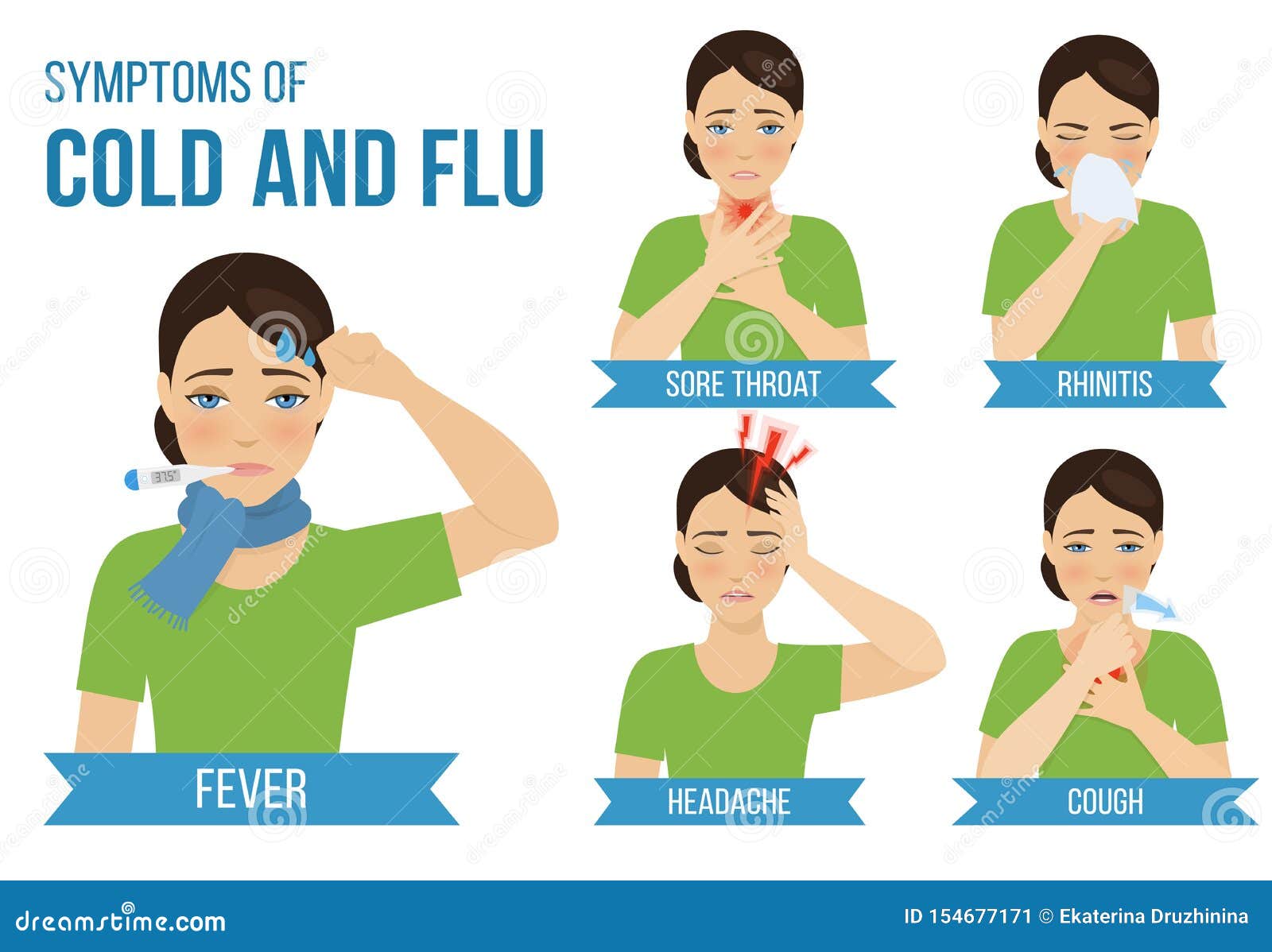
Lip gloss and satin lipstick are more moisturizing and offer a glossy, shiny finish. However, they are sheerer and transfer easily, so your sore will be more visible, and you’ll need to touch it up often.
To use lipstick or gloss to cover a cold sore on your lip:
- Follow the makeup directions above to cover your sore.
- Hydrate your lips with balm.
- Use a disposable applicator or a lipstick you’ll use only when the cold sore is present, to apply thin layers of lipstick or gloss to your lips, gradually building up the color.
If you want to make your cold sore more discreet, try some of these coverage methods. While some of the techniques are not suitable during the early stages, be patient as you wait for your sore to heal.
Always practice good personal hygiene to avoid contamination and transmission. If any product causes irritation, inflammation, or worsening symptoms, wash your face and discontinue use.
Herpes simplex – causes, forms, diagnosis and treatment
Herpes simplex (aka HSV, lat.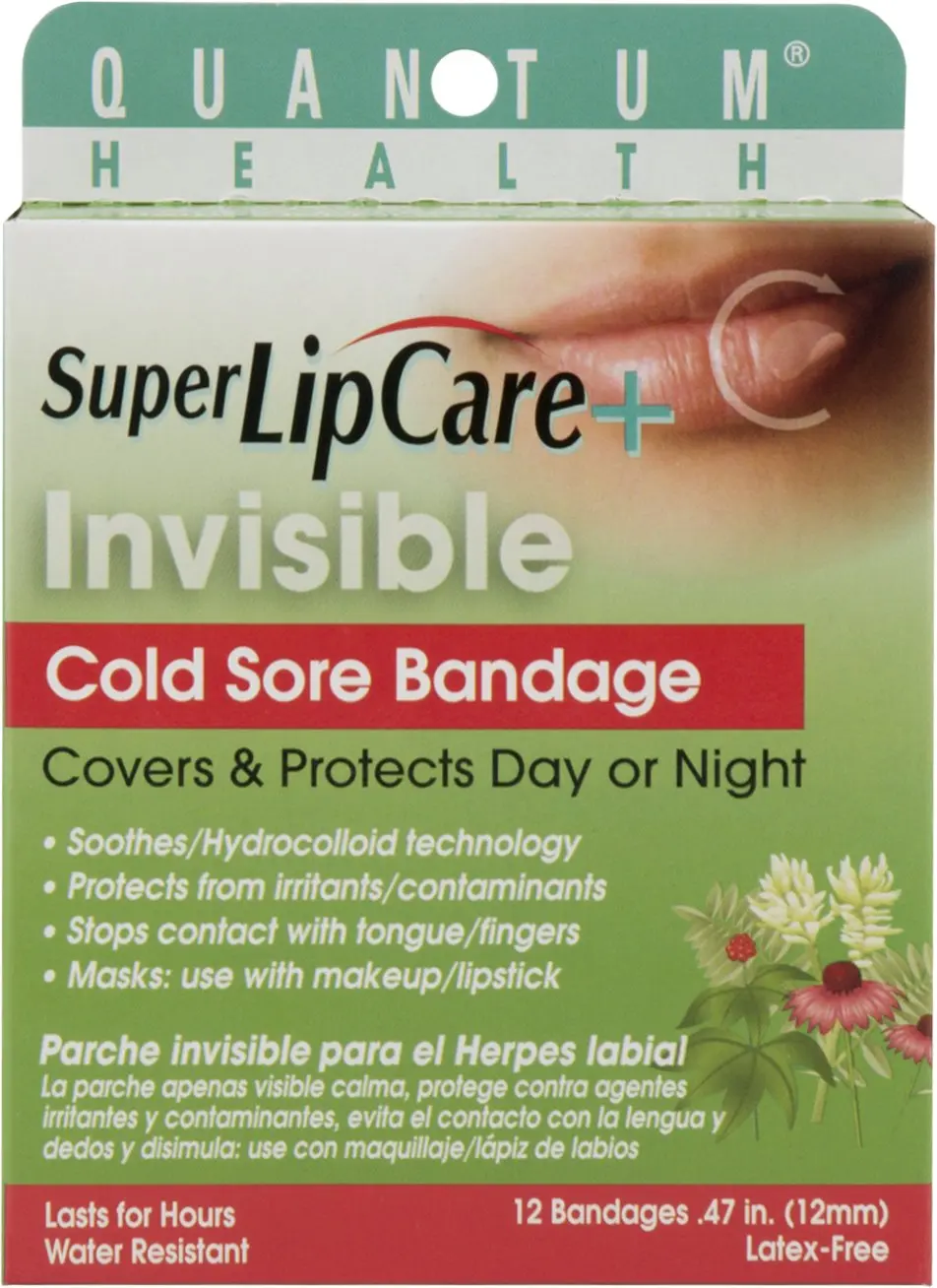 Herpes simplex) is a virus belonging to the parasitic family. It can affect any part of the human body. The main signs of herpes simplex are inflammation and redness of the skin, the appearance of blisters with liquid on it. Sometimes symptoms manifest as prolonged headache, fever, and weakness. Herpes simplex is transmitted mainly through sexual contact, as well as through direct contact with an infected surface or object. One of the main causes of herpes simplex is a decrease in human immunity. This can be caused by stress, fatigue, lack of vitamins and nutrition, as well as diseases that lead to a decrease in immunity.
Herpes simplex) is a virus belonging to the parasitic family. It can affect any part of the human body. The main signs of herpes simplex are inflammation and redness of the skin, the appearance of blisters with liquid on it. Sometimes symptoms manifest as prolonged headache, fever, and weakness. Herpes simplex is transmitted mainly through sexual contact, as well as through direct contact with an infected surface or object. One of the main causes of herpes simplex is a decrease in human immunity. This can be caused by stress, fatigue, lack of vitamins and nutrition, as well as diseases that lead to a decrease in immunity.
In most cases, herpes simplex presents with sore throat, weakness, headaches, inflammation and rash. The causes of the disease are non-compliance with hygiene rules, contact with infected people, taking antibiotics, excess stress and other factors that contribute to the attachment of the virus. To prescribe treatment, you must be checked by a doctor. The specialist will conduct studies that will help confirm the diagnosis and prescribe therapeutic treatment. The most commonly used antiviral and antibacterial drugs. In some cases, surgery may be required.
The most commonly used antiviral and antibacterial drugs. In some cases, surgery may be required.
Etiology
The etiology of HSV is quite complex. The disease is caused by the herpes simplex virus, which belongs to the Herpesviridae family. This virus causes damage to the skin and muscles, and can also cause inflammation of the anterior process of the eye and genitals. HSV can be transmitted to another person through direct contact with diseased areas of the skin and muscles, blood, and personal items of the infected person.
In some cases, HSV can be transmitted through the air. Transmission through the placental route from mother to child during pregnancy is also possible. After transmission, HSV enters the tissue and stays there, constantly producing viral particles. When a person is in a state of suppressed immunity, the virus begins to actively divide and cause symptoms of the disease. This can occur as a result of prolonged stress, antibiotic treatment, the presence of cancer, treatment with immunosuppressants.
Epidemiology
The epidemiology of herpes simplex is one of the most researched topics in medical and biological science. There are two types of herpes simplex:
HSV-1;
HSV-2.
Type 1 usually affects the upper body, including the face, lips and tongue, and is transmitted by direct contact such as kissing. Type 2 affects the lower body, including the genitals, and is transmitted through sexual contact. Both types of herpes simplex can lead to infectious diseases such as herpetic fever.
The epidemiology of herpes simplex involves the study of how the virus is transmitted and spread in society. Research shows that herpes simplex can be transmitted through direct contact with infected skin or mucous membranes, or with objects that contain the virus.
Main modes of transmission of herpes simplex:
Contact with infected skin, objects used by a person with herpes.
The second mode of transmission is airborne.
 The virus can also be transmitted through close contact with an infected person and infect others.
The virus can also be transmitted through close contact with an infected person and infect others.From mother to child during pregnancy or childbirth. This mode of transmission of herpes simplex is one of the most common ways of infection.
Penetration of infected blood cells or mucus into the human body. This can happen with a blood transfusion, a lymph transfusion, or an exchange of injectable items.
Studying the epidemiology of herpes simplex helps people understand how and why the virus is transmitted and develop prevention measures that can help people avoid infection. First of all, they include personal hygiene and proper handling of items.
Symptoms of herpes simplex
One of the most common symptoms of herpes simplex is severe pain and itching in the throat. Most often, these symptoms appear 2 weeks after infection with the virus. Other common symptoms may include headache, bitter taste in the mouth, difficulty swallowing, fever, and rashes.
Antiviral drugs may be needed to treat herpes simplex. You may also need to take painkillers to relieve pain and discomfort. In some cases, drugs may be needed to relieve pain and reduce the symptoms of the infection. To prevent the spread of herpes simplex, people must follow certain rules. These include regular handwashing, good nutrition, and vitamin C intake to support a healthy immune system. It is also necessary to avoid contact with people who have suffered from herpes simplex.
There are two main types of herpes, herpes simplex and venereal. The signs of herpes simplex may vary depending on the individual sensitivity of the patient, but the following symptoms can be noticed most often:
burning and intense itching in the perineum;
severe pain in the bladder;
increased body temperature;
headaches and general malaise.
In most cases, the symptoms of herpes simplex disappear on their own within a few weeks without any treatment.
The main signs of venereal herpes include various types of rashes or pimples on the skin ranging from small dots to larger raised spots. In addition, pathology can lead to burning and itching in the perineum. This disease lasts longer and is more difficult to treat than herpes simplex, and can lead to permanent psychological problems in victims. To avoid infection, it is necessary to adhere to the correct hygiene regimen, pay attention to any symptoms and, if necessary, consult a doctor.
The pathogenesis of herpes simplex
The pathogenesis of herpes simplex is a process of successive changes that occur in the body when exposed to a virus. It enters the human body through airborne droplets or through direct contact with a sick person. Inside the human body, the herpes simplex virus develops and provokes the development of the acute phase of infection. The process begins with the entry of the herpes simplex virus (HSV) into macrophages or monocytes of the immune system. It then enters tissue cells and multiplies, producing viral particles that gradually enter the bloodstream and are carried throughout the body.
It then enters tissue cells and multiplies, producing viral particles that gradually enter the bloodstream and are carried throughout the body.
After HSV enters other human organs, inflammation begins and infection develops. During this process, complex changes begin to occur in the body: signs of the disease appear, such as fever, headache, skin rashes. In addition, the production of antibodies begins to actively occur. They fight the virus and prevent further spread of the infection. After that, herpes simplex often disappears on its own, and the disease takes the form of a latent state, when the virus continues to be in the body, but does not show its signs.
The pathogenesis of herpes simplex is a sequential process of changes that occur in the human body, including the entry of the virus, the development of infection and the production of antibodies. This process can be completely or partially interrupted due to the appearance of reliable immune protection.
Classification and stages of herpes simplex
Herpes simplex is a viral infection that can cause damage to the skin and mucous membranes.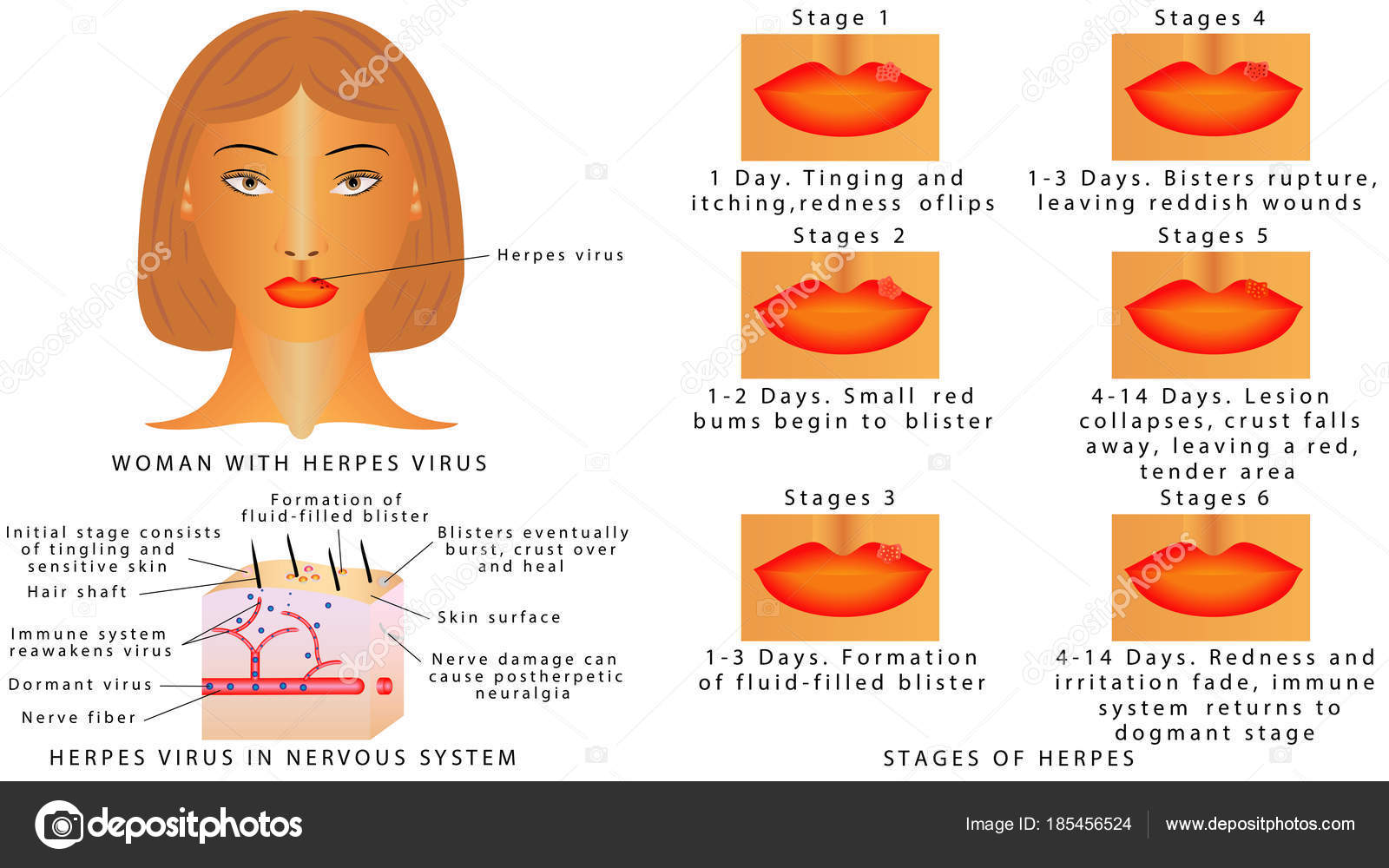 It is transmitted from one person to another by contact with the skin or mucous membranes of an infected person. The main manifestation of the disease are formations on the skin. Currently, 2 main classifications of herpes simplex are accepted: continuous and intermittent.
It is transmitted from one person to another by contact with the skin or mucous membranes of an infected person. The main manifestation of the disease are formations on the skin. Currently, 2 main classifications of herpes simplex are accepted: continuous and intermittent.
Viral disease manifests itself as an infection with the following symptoms: high fever, headache, severe muscle and joint pain, swelling and redness of the skin. Today, herpes simplex can be classified according to various criteria, depending on the severity and volume of symptoms.
The most common and least severe forms include mild, moderate and severe herpes:
Mild disease presents with mild symptoms, including headache, muscle weakness, muscle and joint pain, and mild sleep and appetite disturbances.
Moderate herpes manifests itself in the form of more pronounced symptoms, including fever, loss of appetite, pain in the muscles, joints and head, as well as swelling and redness of the skin.

Severe herpes manifests itself in the form of the most pronounced symptoms, including high fever, headache, severe pain in the muscles and joints, swelling and redness of the skin.
Another approach to the classification of herpes simplex is to determine the volume and areas of the lesions. Thus, the virus can be classified into the following types:
local herpes – usually limited to one affected area, and the virus usually does not penetrate deep into the skin;
common herpes – usually manifests itself in the form of two or more lesions;
viral meningitis – manifests itself as a disease of the brain.
It is important to see a doctor and determine the type of virus in order to correctly diagnose and select the appropriate treatment.
Complications of herpes simplex
Herpes simplex is one of the most common viral diseases in the world, and although it is usually mild, in some cases it can lead to serious complications, which may include:
bacterial skin infections;
postherpetic arthritis;
eye diseases;
rheumatic lesions;
disorders of the nervous system and other problems.

Bacterial infections of the skin can lead to permanent or long-term complications, including visual impairment, heart and lung damage, and kidney damage. Postherpetic arthritis may also result from herpes simplex. They manifest as constant pain in the joints and muscles, as well as swelling of the joints, which sometimes last up to several months or even years. Eye diseases resulting from herpes simplex include herpetic conjunctivitis and keratitis.
Diagnosis of herpes simplex
To confirm the diagnosis, the doctor may require the following tests:
interferon release reaction;
polymerase chain reaction;
immunohistochemical analysis.
After the virus is confirmed, the doctor will prescribe the necessary treatment for the patient. It may include taking antiviral drugs, vitamins, and other medicines. In some cases, a cosmetic procedure is required to help hide the effects of herpes.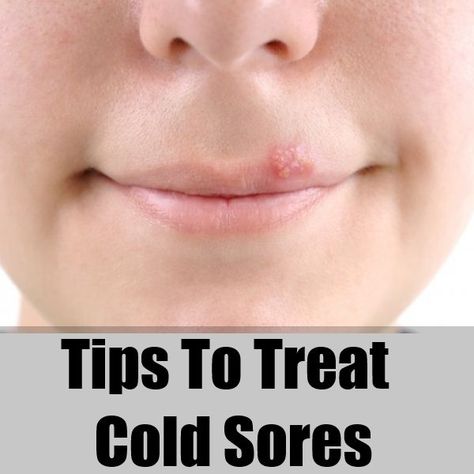
Diagnosis of herpes simplex should be made by a doctor to correctly identify the source of the disease and provide the best treatment. Proper diagnosis ensures that the patient receives the appropriate treatment to help prevent the spread of infection and negative health outcomes.
The disease can lead to temporary or permanent blindness and other serious vision problems. Violations of the nervous system are also often provoked by herpes simplex: neuritis, encephalitis, polyneuropathy, hemiplegia, myelitis.
Classification and stages of herpes simplex in ICD-10
Herpes simplex is one of the most common viral diseases that can lead to acute infection of the nose and larynx, as well as severe clinical manifestations. The International Classification of Diseases (ICD-10) structures herpes simplex depending on the stage of development of the disease, as well as specific manifestations and the risk of complications.
ICD-10 classifies herpes simplex as disease class B00-B09, consisting of two sections: B00-B09 (herpes simplex) and B00.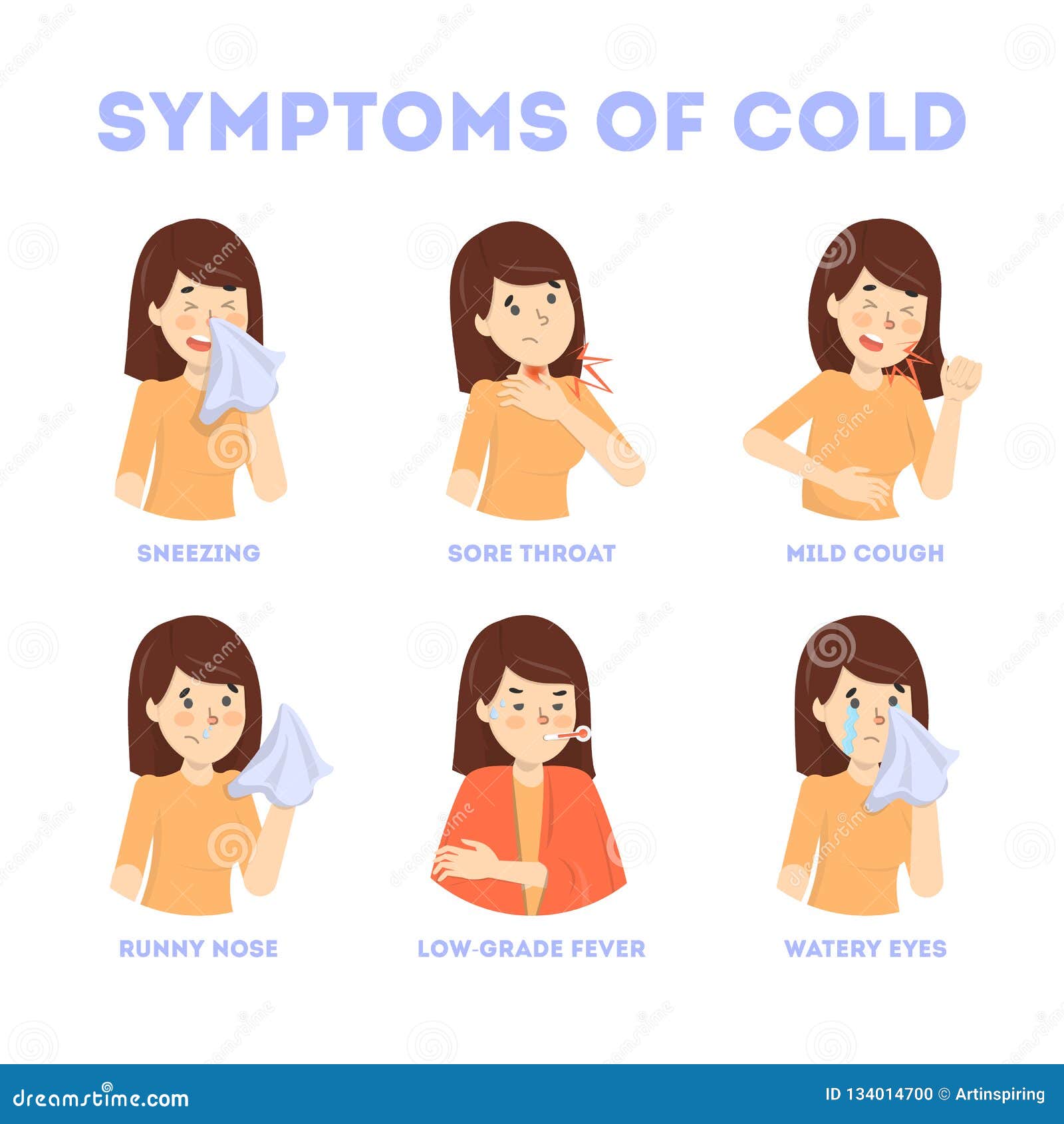 0-B00.9 (genital herpes). The first section provides diagnostic criteria and stages of disease development:
0-B00.9 (genital herpes). The first section provides diagnostic criteria and stages of disease development:
B00.0 – stage of viral infection;
B00.1 – active forms of herpes simplex;
B00.2 – recurrence of herpes simplex;
B00.3 – herpes simplex with pathological manifestations;
B00.4 – herpes simplex with associated complications;
B00.5 – prolonged herpes simplex;
B00.6 – herpes simplex without pathological manifestations;
B00.7 – herpes simplex in the process of recovery;
B00.8 – other forms of herpes simplex;
B00.9 Herpes simplex unspecified.
The second section (B00.0-B00.9) includes diagnostic criteria and manifestations of the disease:
B00.0 – acute genital herpes;
B00.1 – chronic genital herpes;
B00.
 2 – various manifestations of genital herpes;
2 – various manifestations of genital herpes;B00.3 – genital herpes with associated complications;
B00.4 – complicated genital herpes;
B00.5 – prolonged genital herpes;
B00.6 – genital herpes with pathological manifestations;
B00.7 – genital herpes in the process of recovery;
B00.8 – other forms of genital herpes;
B00.9 Unspecified genital herpes.
The ICD-10 provides a weighted and detailed classification system for herpes simplex, which allows identification of the main stages of the disease, the risk of complications and specific manifestations. This allows doctors to timely and correctly diagnose and prescribe effective treatment.
Treatment of herpes simplex
The main treatments for herpes simplex include:
Taking antiviral drugs.
Use of antibiotics.

The use of glucocorticosteroids. Drugs are used to control pain and slow the progression of the virus.
Use of painkillers and anti-inflammatory drugs. Help to cope with pain.
Eating foods high in vitamin C. Vitamin C helps to strengthen the immune system and increase the body’s resistance.
Many doctors recommend alternative medicine practices: acupuncture, massage, yoga, color therapy, aromatherapy. They help improve health and relieve the symptoms of herpes simplex.
Prognosis of treatment and prevention of herpes simplex
The prognosis of recovery in the treatment of herpes simplex is difficult to predict, as it depends on many factors, including the patient’s immune system, the type of virus, the chosen therapy. Basically, in the treatment of herpes simplex, antiviral drugs are used to help eliminate symptoms and reduce the duration of the disease. However, antiviral drugs do not always help eliminate the virus, and sometimes can even lead to re-inflammation.
When determining the prognosis of recovery in the treatment of herpes simplex, the state of the patient’s immune system is the most important. It can be weakened by other diseases and certain medications. In this case, the patient needs increased support of the immune system to speed up the healing process.
First you need to find out the type of virus using laboratory tests. Its type determines the choice of antiviral drugs that will be effective for a given patient. However, in some cases, antiviral therapy may not bring the desired effect, and the patient will need other means to increase immunity.
For a more accurate prognosis of recovery in the treatment of herpes simplex, all of the above factors must be taken into account. Moreover, it is important to correctly assess the patient’s health status and choose the most appropriate therapy that is effective enough to eliminate the disease.
Herpes simplex is a viral pathology that can be cured with the help of correct and timely drug therapy.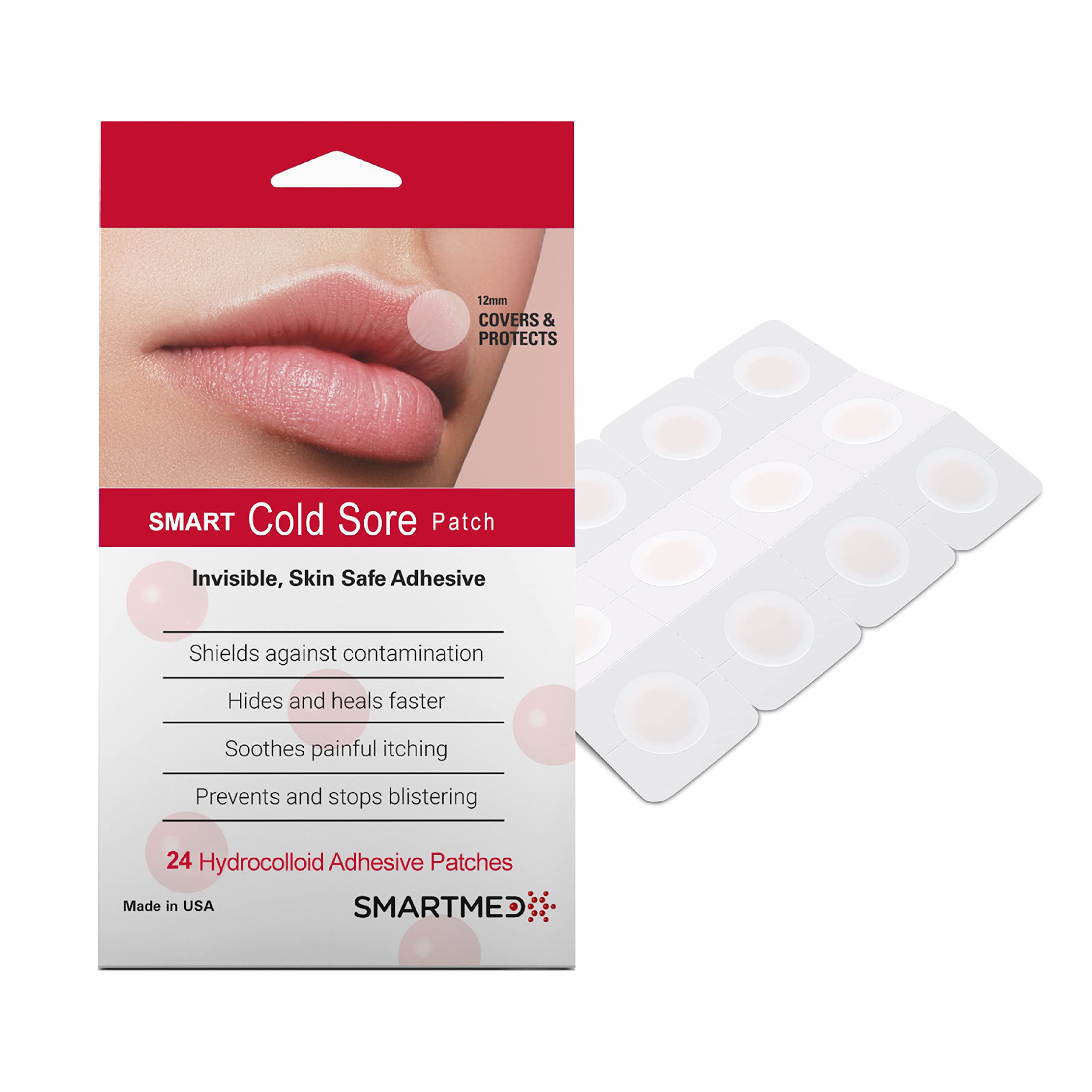
One of the main ways to prevent herpes simplex is to practice good personal hygiene, which includes washing your hands regularly with soap and water, and avoiding touching your eyes, nose, and mouth. It is also necessary to abandon promiscuity and use barrier contraception. Visiting public places during periods of high prevalence of the disease should be avoided.
| Private Clinic
Genital herpes is a sexually transmitted infection caused by the herpes simplex virus (HSV), the same type of virus that causes colds.
Genital herpes can cause blisters or sores on the genitals and anus. Once infected, symptoms may persist throughout life.
Symptoms of herpes
Most people infected with genital herpes have no symptoms, but some people may notice the following symptoms:
- burning or stinging in the genital area;
- small blisters on the genitals that turn into small painful red sores;
- sores that look like a rash or cracks in the skin in the genital area;
- difficult urination.

Ulcers may appear on areas of the skin that come into contact with a partner during sex: on the penis in men and on the labia, clitoris and vulva in women. Ulcers may also appear in the anus or on the buttocks and inner thighs.
Flu-like symptoms may occur during the first episode of infection, such as:
- fever
- headache
- swollen tonsils
- enlarged lymph nodes.
The herpes virus remains in the patient’s body for the rest of his life – this means that the patient may experience recurring episodes (outbreaks) of the disease, accompanied by the appearance of ulcers and blisters in the genital area.
Recurrent episodes are usually milder, shorter and less likely to recur over time. They are more likely to occur when the immune system is weakened due to illness or stress.
Causes of herpes
Genital herpes is transmitted by contact with a person infected with the HSV virus, usually during genital or oral sex.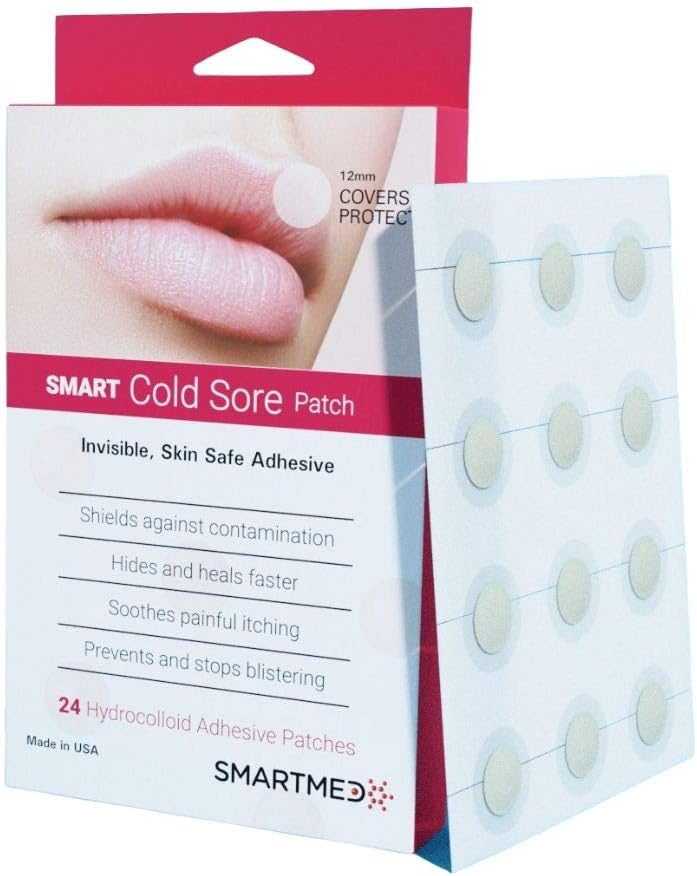 It can also be transmitted through kissing, foreplay, or non-penetrative sex.
It can also be transmitted through kissing, foreplay, or non-penetrative sex.
There are 2 types of HSV, both of which can affect the lips, mouth, genitals, or anus:
HSV1 commonly causes cold sores on the lips or face.
HSV2 most commonly causes genital herpes.
Herpes simplex virus HSV spreads most easily when an infected carrier has blisters or sores, but it can be transmitted even if the person does not have blisters, sores or other obvious symptoms.
Genital herpes cannot be contracted by hugging, swimming in the pool or going to the toilet.
Diagnosis of genital herpes
A physician can make a diagnosis based on a visual examination and after examining the patient’s sexual history. However, the most reliable diagnostic method is the analysis of a skin sample on the affected area.
Usually one or more samples are taken to find out if the patient is infected with herpes simplex virus (HSV) and to find out if the infection is of the HSV-1 or HSV-2 type.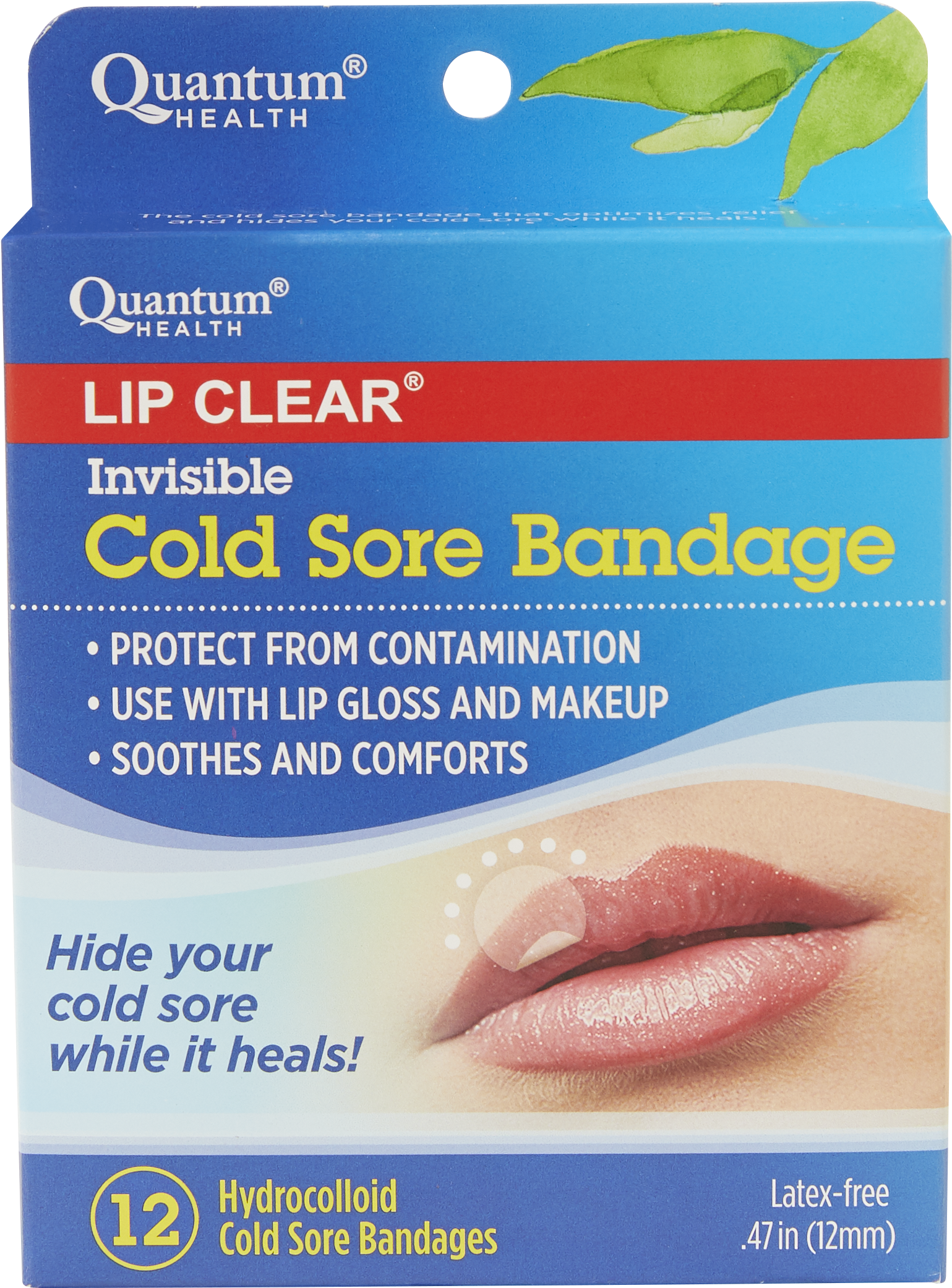
Sometimes a laboratory blood test is used to confirm the diagnosis and rule out other infections.
Treatment of genital herpes
There is no cure for genital herpes. However, it is possible to reduce symptoms with antiviral drugs. They are most effective if taken within 72 hours of the onset of symptoms.
Treatment of herpes with prescription antivirals may be used in the following cases:
- help heal ulcers during the first outbreak
- reduce the frequency of repeated flashes
- reduce the severity and duration of symptoms in recurrent outbreaks
- reduce the chance of transmitting the herpes virus to a partner.
Usually prescribed for the treatment of genital herpes:
- Acyclovir (Zovirax)
- Famciclovir
- Valaciclovir (Valtrex).
Consult a specialist before using these agents.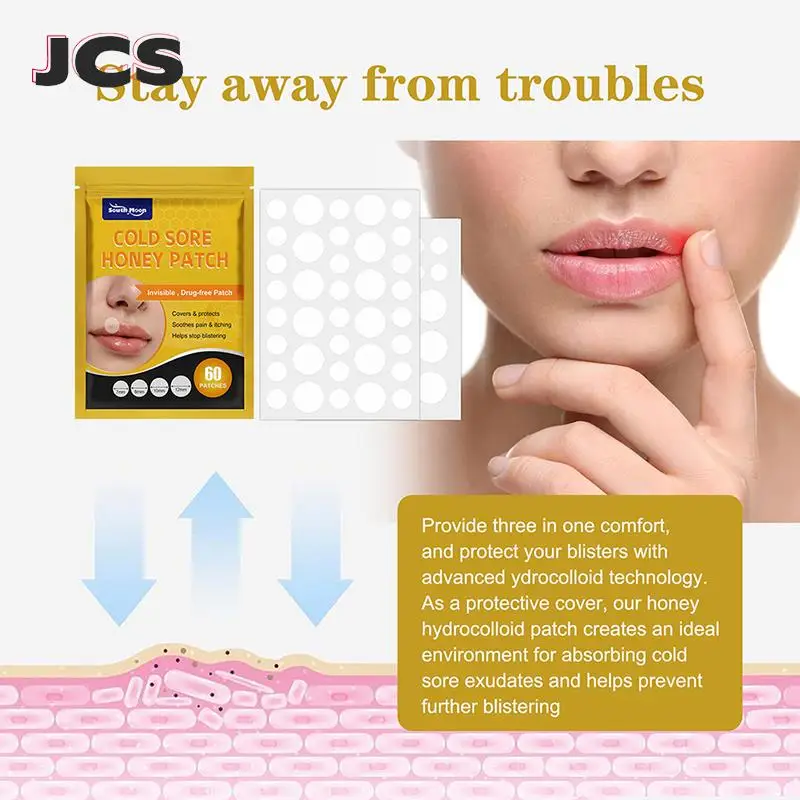 Treatment depends on the severity of the disease, the type of HSV virus, the patient’s sexual activity, and other factors. The dose will vary depending on how severe the symptoms are. Long-term use of antiviral drugs is considered safe.
Treatment depends on the severity of the disease, the type of HSV virus, the patient’s sexual activity, and other factors. The dose will vary depending on how severe the symptoms are. Long-term use of antiviral drugs is considered safe.
Living with herpes
If you are diagnosed with genital herpes, it is important to let your sexual partners know. You should always use condoms and dental dams during sex, even if you don’t have symptoms. In the presence of sores, rashes and redness, it is safest to abstain from sexual intercourse.
Prevention of genital herpes
Practicing safe sex is the best way to prevent getting genital herpes.
Safest:
- always use condoms and dental dams, even if there are no sores or blisters
- avoid sex if there are sores or blisters
- avoid sex with anyone who has blisters, sores or other symptoms of genital herpes
- Avoid oral sex if you have any signs of a cold.


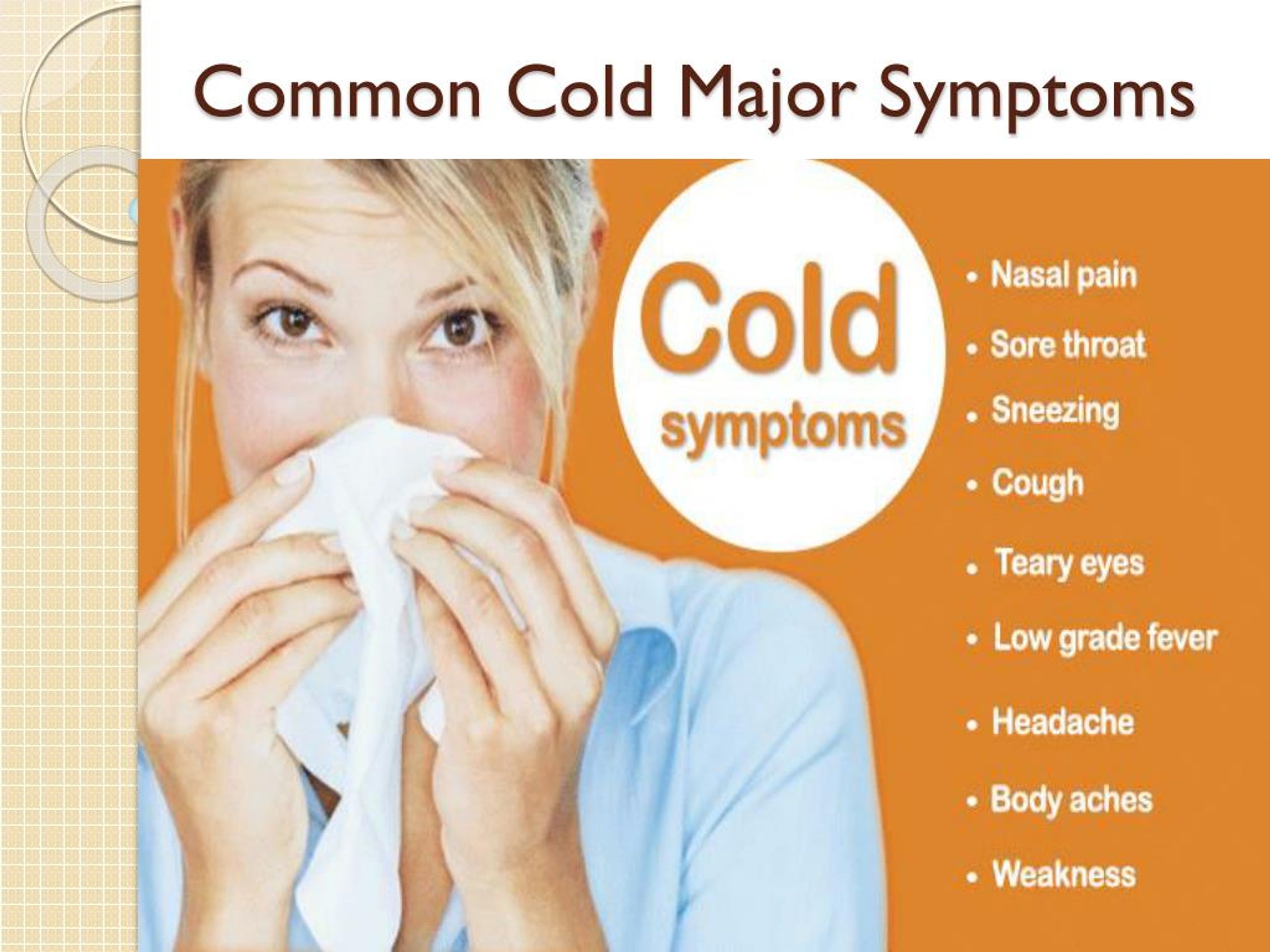
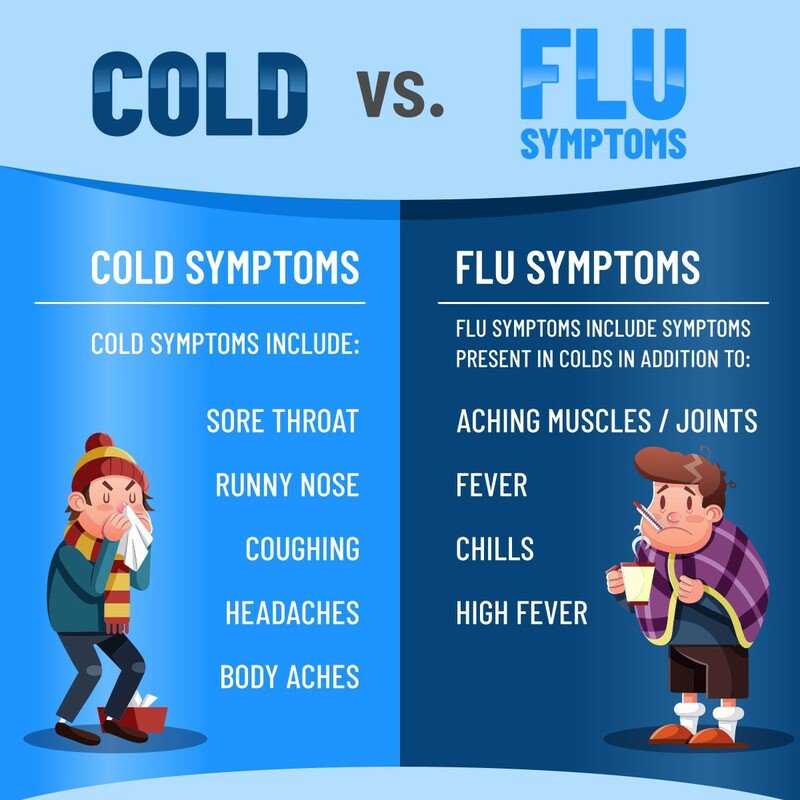


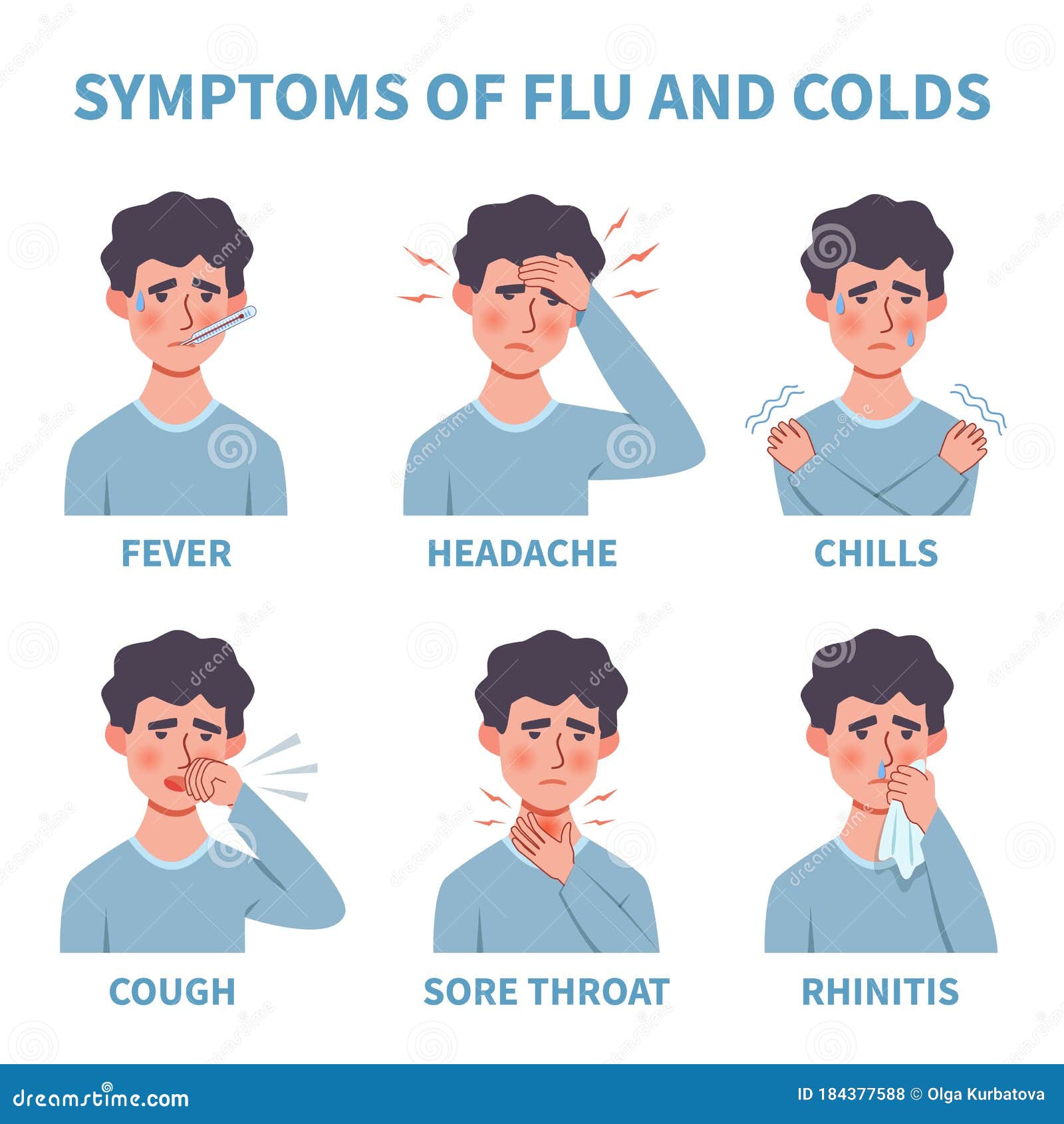
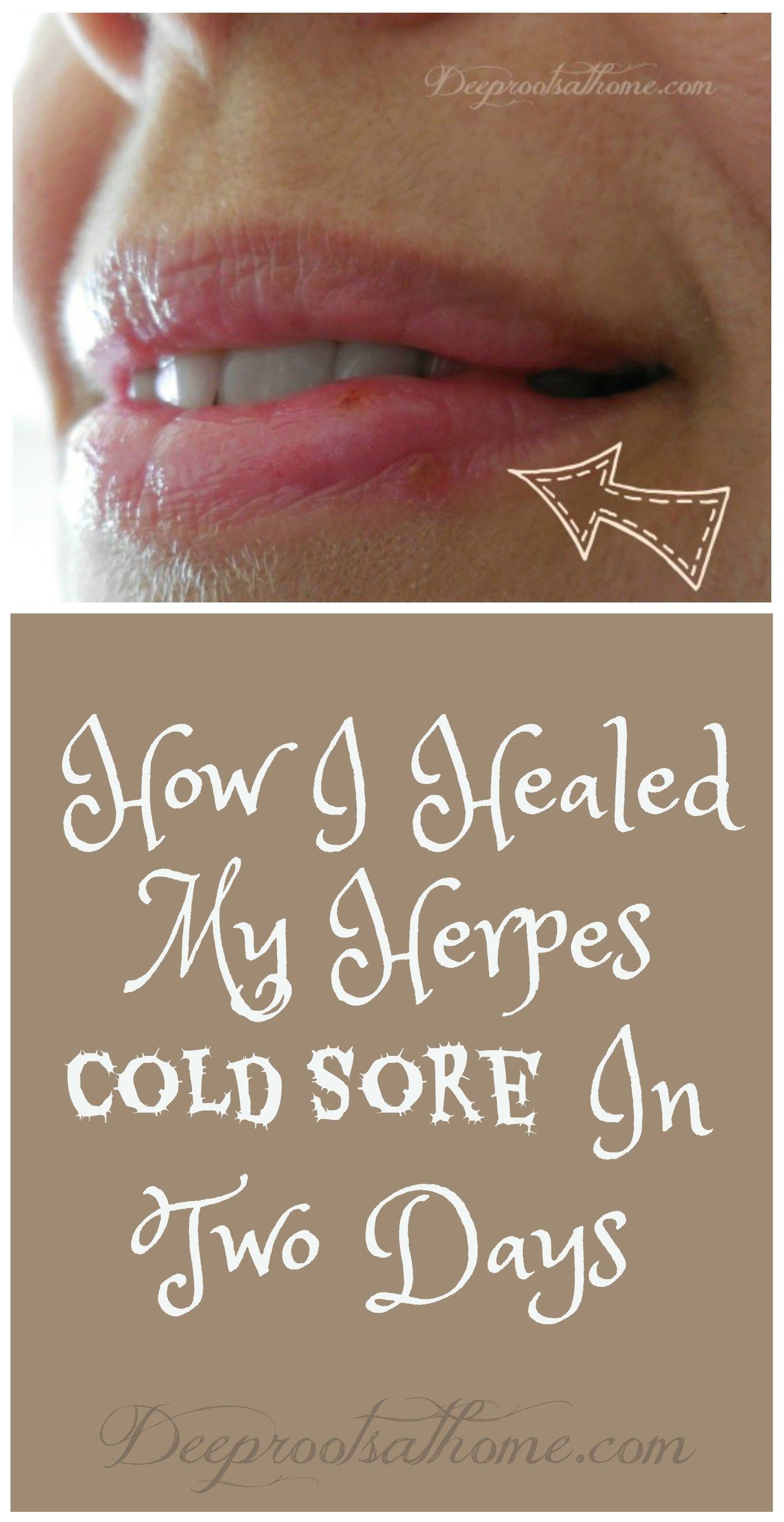
 The virus can also be transmitted through close contact with an infected person and infect others.
The virus can also be transmitted through close contact with an infected person and infect others.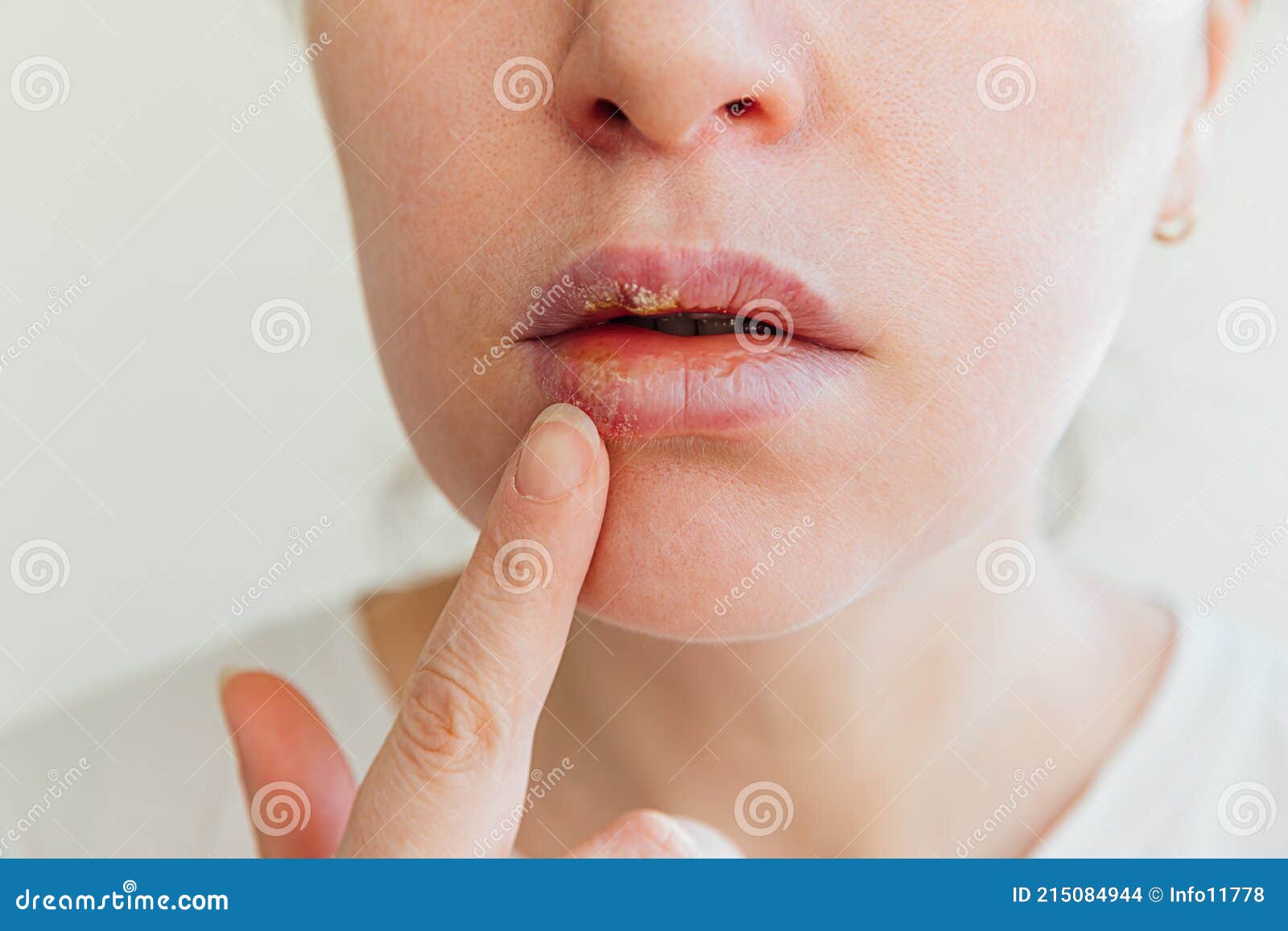

 2 – various manifestations of genital herpes;
2 – various manifestations of genital herpes;
